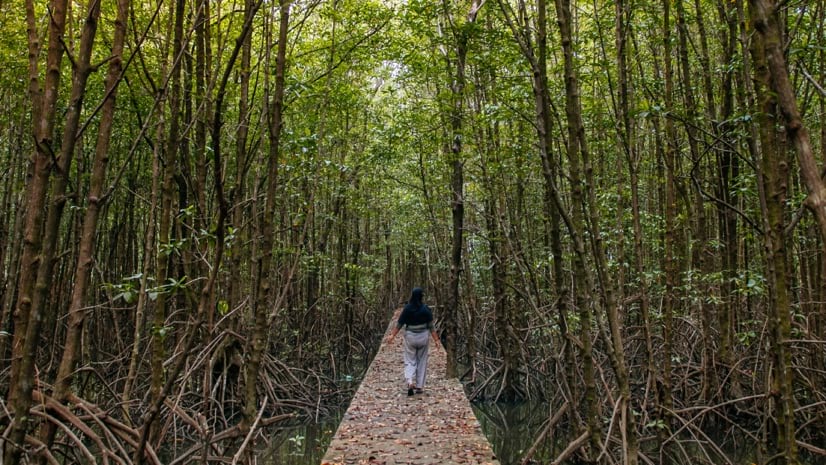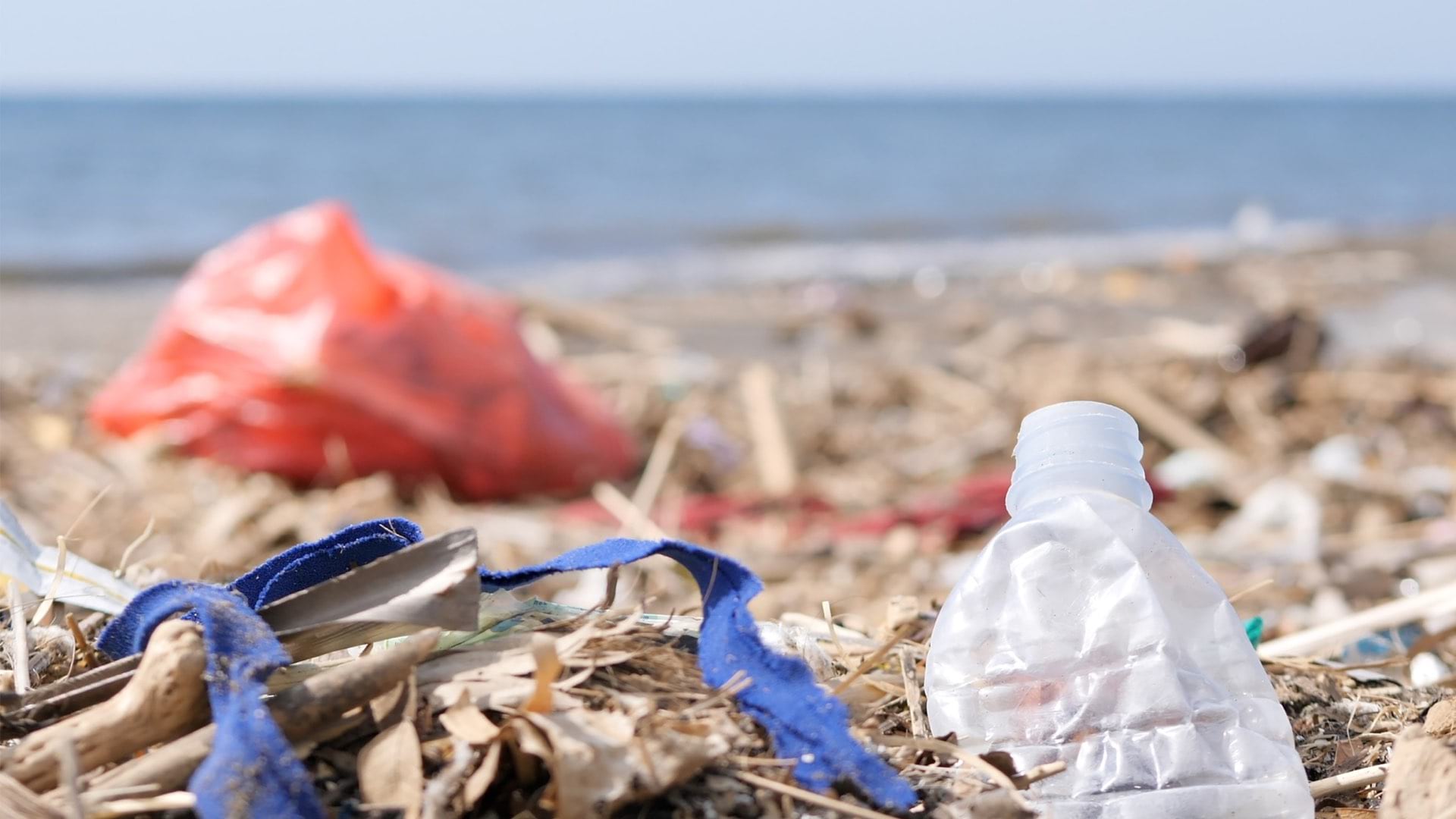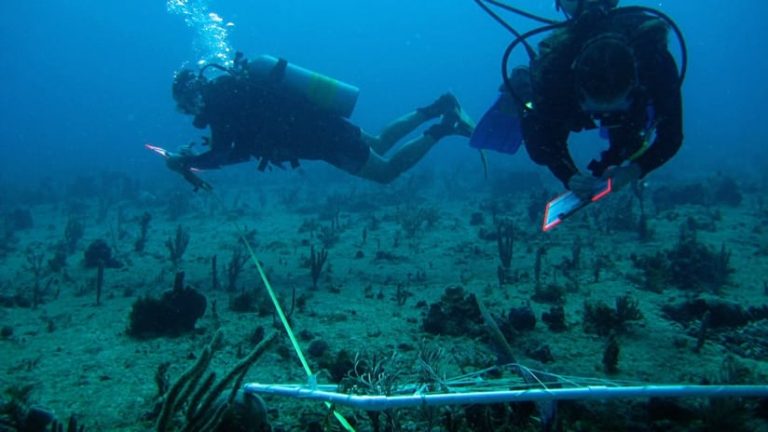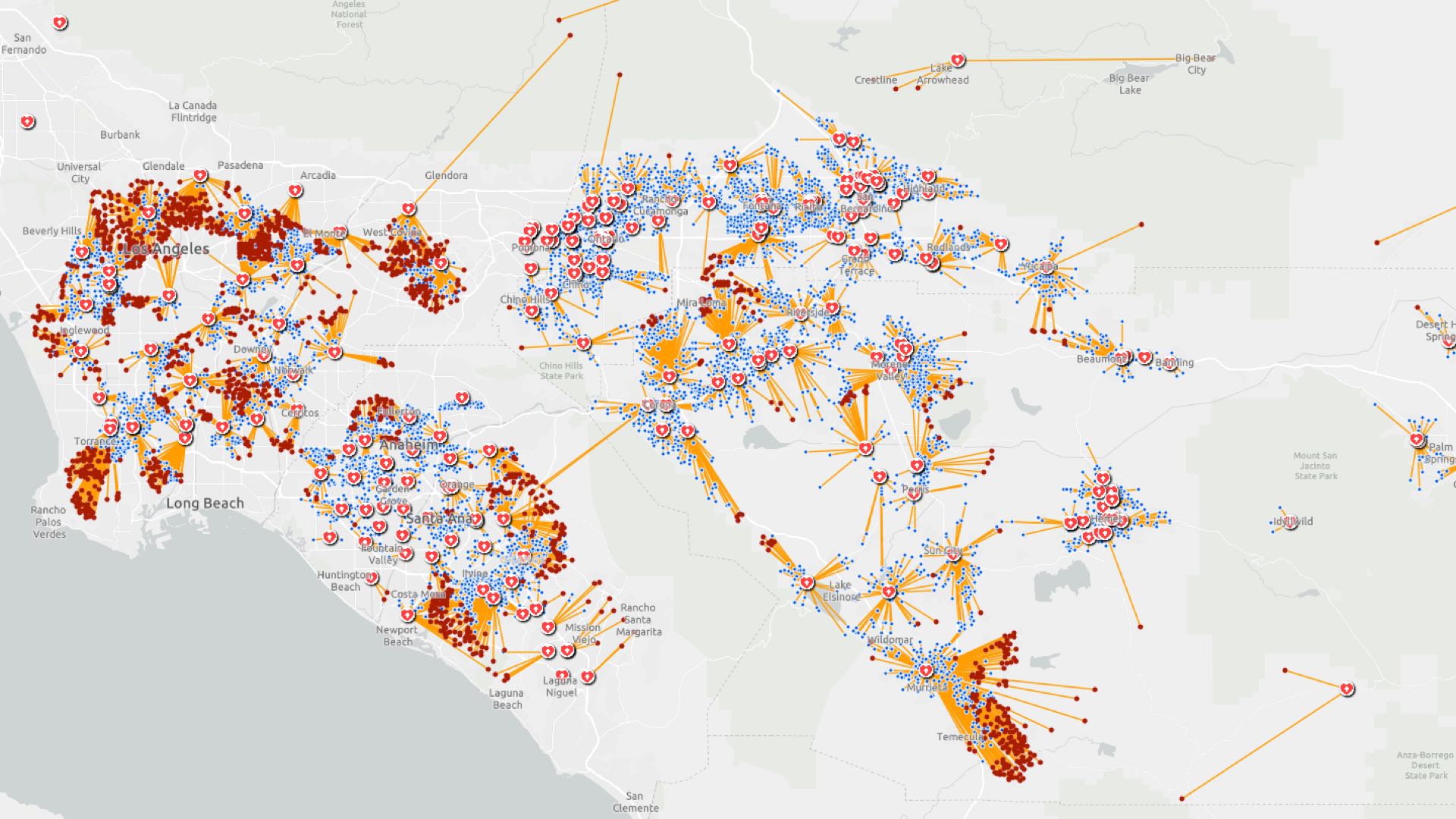

April 15, 2020 |
April 22, 2020

With human activity curtailed by the novel coronavirus disease 2019 (COVID-19), we are gaining a greater understanding of how we affect our planet. Satellite imagery shows dramatic improvements in air quality as factories stay idle and fewer vehicles travel the roads. Animals have been free to roam as people shelter in place. Geoscientists have even gained more clarity on planetary movements and volcanic activity because of a lower hum of human-induced vibrations.
The unprecedented global pause caused by the COVID-19 crisis has put a spotlight on the environment—a fitting perspective for this 50th anniversary of Earth Day.
We are likely to see industrial and vehicle activity pick right back up after the pandemic, and along with it, a return to air pollution. But, measurements of this moment will live forever as a scientific record of how humans affect the planet.
As scientists, we will tap this data to underscore the fact that we need to make sustainable changes as individuals and as industries. There is much we can do, including increasing the efficiency of vehicles and power plants, reducing fossil fuels in favor of clean energy, and pulling carbon into the soil.
The reported impetus of this virus from bats puts the origin solidly in nature. Through human activities, increasing urbanization, and the ways we treat wildlife, we have disrupted habitats and brought animal-borne diseases closer to people.
A warming climate has spillover effects including the movement of disease from animals to humans and among those most vulnerable. Because COVID-19 is an acute respiratory condition, people living in areas with poor air quality are more susceptible.
As an African American, I also worry about the statistics from Chicago and Louisiana that show much higher rates of death for people of color. It comes from poverty and environmental racism where communities of color are forced to live in close proximity to polluted sites like highways, landfills, and toxic waste dumps. The quality of our natural world matters for every person and living organism on our planet, and where environmental impact is the worst, the suffering is the greatest.
COVID-19 has surfaced as a common adversary around the planet, with our brightest minds working hard to create a vaccine. But that will take some time. The common adage, “you can’t manage what you can’t measure,” clearly applies here. Without adequate testing, we can’t isolate those infected to reduce and get ahead of the number of cases and deaths.
We can shatter the chain of virus transmission by continuing social distancing, increasing testing, adding capacity at labs, overcoming shortages of ventilators and personal protective equipment, and coordinating clear public health communication. One important consequence of the large number of people who aren’t able to get tested is that current cases and fatalities are surely underreported.
Another strategy involves contact tracing—finding who someone testing positive has been in close proximity to—and working backward from there. In Massachusetts, an effort is under way to increase testing and recruit 1,000 people to do contact tracing. The idea is to locate everyone who tested positive for the coronavirus and advise them, whether they’re sick or not, to isolate for two weeks to keep from spreading it. In my opinion, this effort is a national exemplar of what needs to be done.
As an ocean scientist, I’ve spent my career focused on the water that covers 71 percent of the surface of our planet. The ocean is the largest biosphere, home to 50 to 80 percent of all life on earth. It also absorbs more than 25 percent of carbon dioxide emissions. So, the ocean is on the frontline of climate change from a number of perspectives.
Ocean warming has caused more severe storms. And, the water is becoming more acidic, damaging coral reefs, marine ecosystems, and fish stocks that many people depend on for food. The ocean is a foundation for life on this planet, and there’s a growing awareness that the ocean is losing its ecological sustainability. But it is not too late. We can reverse the problem by viewing the ocean not just as a victim of climate change but as a source of solutions.

Some organizations will use increased awareness brought about by the COVID-19 crisis as an opportunity to innovate for the future, rather than tighten the grip on past behaviors. Before the pandemic hit, businesses such as the world’s largest money manager, BlackRock, spoke about the need to invest in climate change solutions. The company and many of its peers are talking about a more sustainable approach—investing in companies that advance positive social or environmental outcomes and avoiding those that harm the environment.
The COVID-19 crisis provides a moment for greater planetary understanding and awareness. For instance, in Delhi, India—a place well-known for its choking air pollution—people are taking pictures of blue skies they have never seen before. We can hope that seeing nature’s beauty and resilience during this time of reduced human activity will inspire us all to take action toward sustainable prosperity.
Listen to this Esri & The Science of Where Podcast with more details on the role of technology to foster sustainability and fight environmental and pandemic threats.

April 15, 2020 |

April 7, 2020 | Multiple Authors |

March 17, 2020 | Multiple Authors |